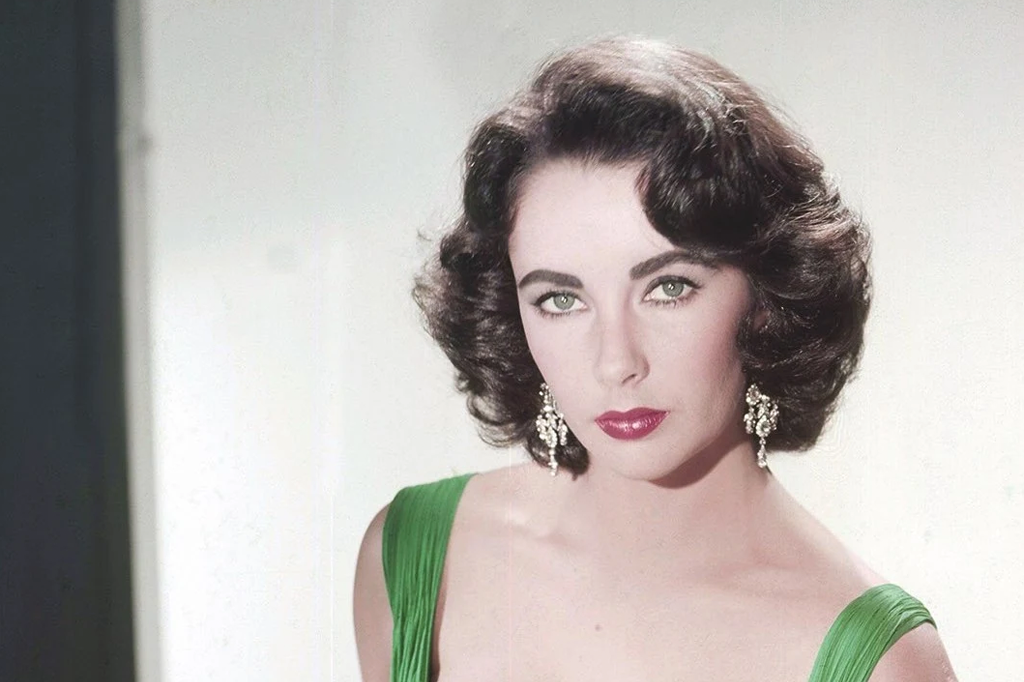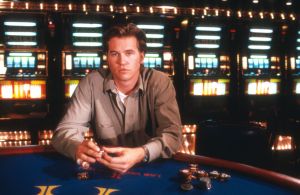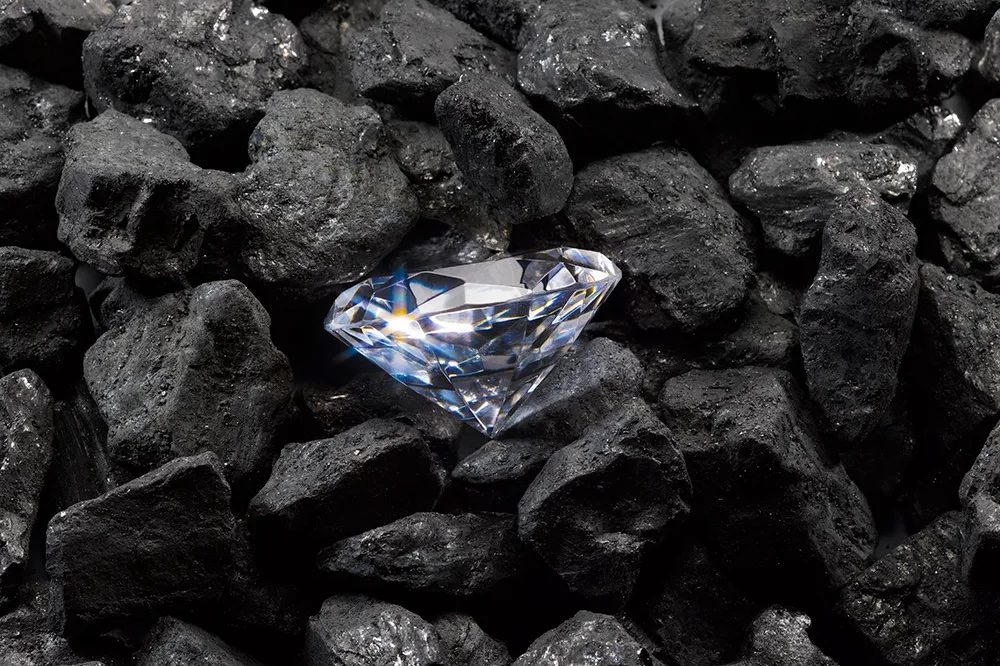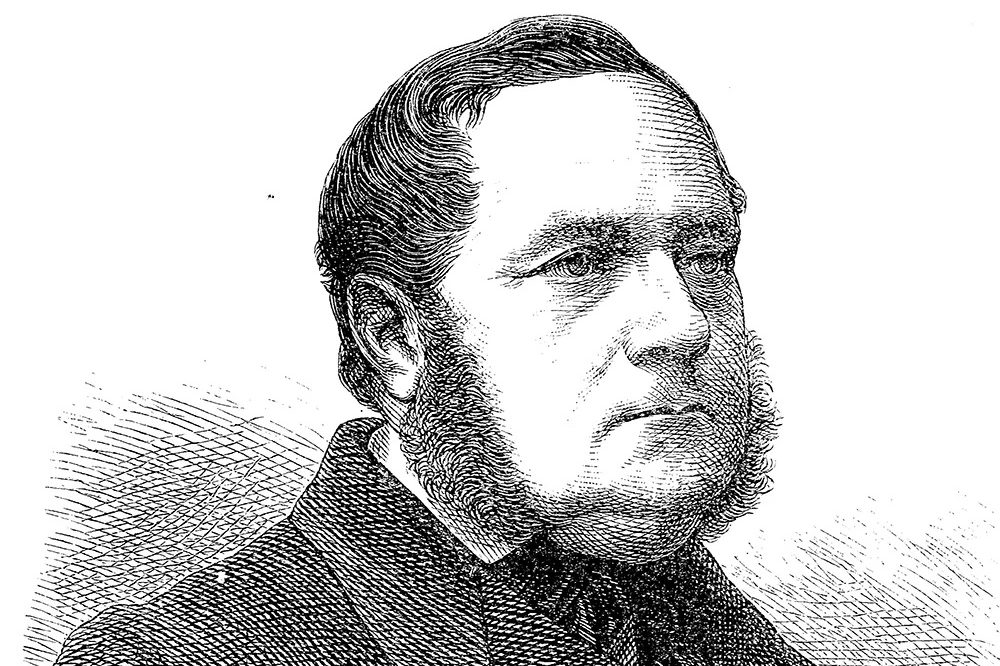What is so startling about Elizabeth Taylor’s life story is how quickly everything happened. She was an MGM star at twelve, a wife at eighteen, a widow at twenty-six and a grandmother at thirty-eight. Aged sixteen, she was playing Robert Taylor’s wife in Conspirator while still doing school lessons every day. “How can I concentrate,” she wailed, “when Robert Taylor keeps sticking his tongue down my throat?”
MGM paid her mother Sara to be her chaperone, and Elizabeth felt that the only way she could escape their control was to get married — which she did, to Nicky Hilton. He had managed to stop drinking while courting her, but two weeks into the honeymoon he started again, and beat her up so badly she had a miscarriage — “I saw the baby in the toilet,” she said. She divorced him while she was still eighteen. Howard Hughes came wooing, scattering handfuls of diamonds at her feet. Elizabeth demanded $2 million in cash and it arrived two hours later. But she still refused to marry him. Nevertheless, for years afterwards, Hughes sent three dozen red roses to every hotel she ever stayed in.
Aged twenty, she married a suave English actor, Michael Wilding, and had two sons by him before she was twenty-three. (She also got pregnant by Frank Sinatra, but he ordered his manager to drive her to Mexico for an abortion.) Wilding didn’t beat her, but he didn’t excite her either, and she was soon swept off her feet by the sexy, overpowering film producer Mike Todd. For her twenty-fifth birthday he gave her a Renoir, a mink coat and a diamond bracelet. (She adored jewelry — she called it “the loot,” and was apt to wear a tiara in the swimming pool.)
She had a daughter, Liza, with Todd, and they talked of giving up films and moving to Connecticut. But then, after just 414 days of seemingly blissful marriage, he died in a plane crash and she was a widow at twenty-six. Her good friend Debbie Reynolds came to comfort her, and Elizabeth stole her husband, Eddie Fisher. But he became “the doormat to her stiletto heels” when she went to Rome to film Cleopatra and fell in love with her co-star Richard Burton. “I get an orgasm just listening to that voice of his.”
They were soon known as “the battling Burtons,” as visitors listened agog to their screaming matches — she seemed to find fighting an essential prelude to “make-up sex.” Of course alcohol played a large part. Burton was drinking vodka for breakfast, though he complained in his diary that she was more addicted to pain medication, which made her “stoned, unfocused, unable to walk straight.” It also made her sound like her mother, whom he hated.
They made one great film together, Who’s Afraid of Virginia Woolf? (She won an Oscar for it; he didn’t.) But then came a string of flops, and Variety said that their last film together, Divorce His, Divorce Hers, “holds all the joy of standing by at an autopsy.” Burton tried to stop drinking, but she told him: “You’re a bloody bore when you’re sober!” They divorced in April 1974, then married again in Botswana with two hippos as witnesses. “We are stuck like chicken feathers to tar — for lovely always,” she wrote. But no, because ten months later, they divorced, this time for good.
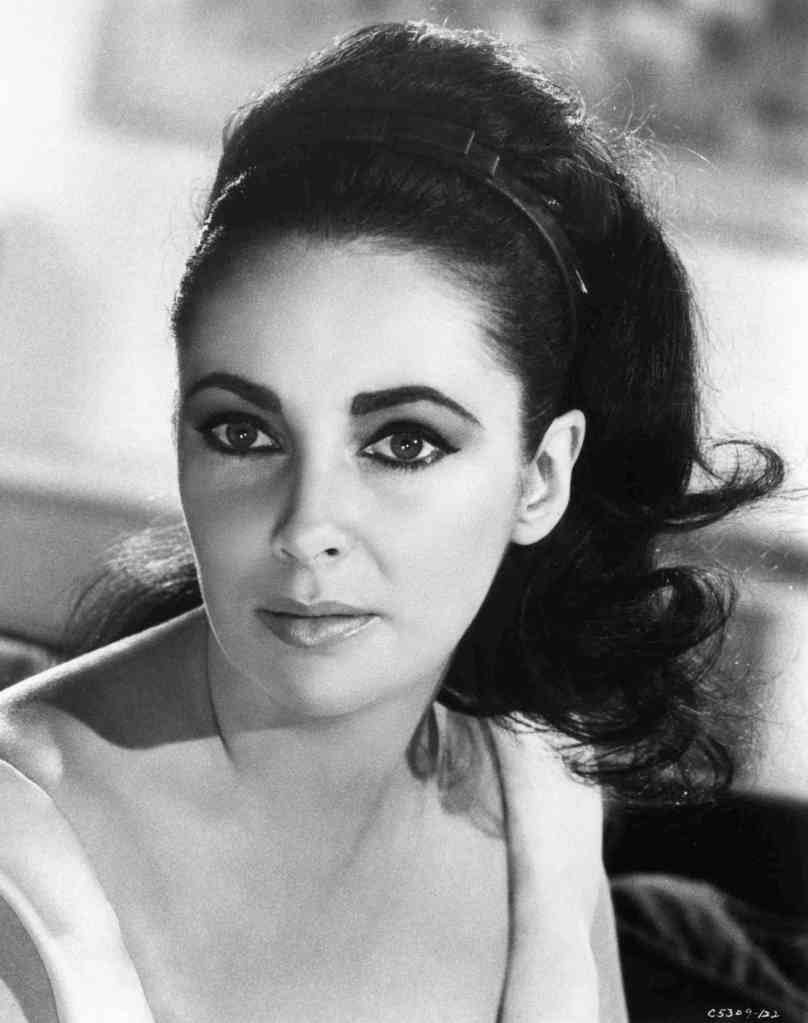
Obviously she had to find a new husband, and was thrilled to meet a handsome, ambitious Republican politician, John Warner, at a British embassy dinner. She rang him the following day to invite herself to stay on his Virginia farm, where they married five months later. He was running for the Senate in 1978 and she threw herself enthusiastically into his campaign — though she was a bit disconcerted when he told her she had to sell her Rolls and her yacht and not to wear jewelry. The Republican Women’s Committee informed her not to wear purple, because “it denotes passion,” and to dress in tweed. Once he was elected she was stuck in Washington with no friends and became, she admitted, “a drunk and a junkie.” They divorced in l982, but remained friends.
She went back to Bel Air, where she was lonely, and took a vast amount of pain medication. Her friends and family staged an intervention and sent her to the Betty Ford Center, where she spent seven weeks sharing a room with another woman and learned to make her own bed, which she had never done before. She lost forty-five pounds and emerged happier and threw herself into her AIDS campaign. She raised more than $100 million for the cause and appeared on the cover of Vanity Fair holding a condom.
In 1991 she married Larry Fortensky, a construction worker twenty years her junior, whom she met at Betty Ford. Michael Jackson lent them his Neverland Ranch for the wedding and she sold the picture rights to People magazine for $1 million for her AIDS foundation. Fortensky lasted five years, but he took to drinking again and “pushed her around.” Nevertheless, she sent him $1,000 a month for the rest of her life, “with every hope that you are well and happy.”
In 1997 she underwent surgery for a brain tumor (she had at least forty operations altogether), and was often in a wheelchair, suffering from heart failure, osteoporosis, three hip replacements and agonizing back pain. But then she acquired a wonderful new friend, the actor Colin Farrell, who whirled her out to restaurants and read her poetry. Her eldest son, Christopher Wilding, said: “She probably hoped that she might get him into bed, but he played along in a sweet, flirtatious way.” When she died, aged seventy-nine, Farrell organized her memorial service, and Elton John sang.
This book describes itself as an “authorized biography,” which sounds a bit improbable, given that Taylor died in 2011. But Taylor’s estate gave Kate Andersen Brower access to a vast archive of unpublished letters, photos and interview transcripts, and she also interviewed more than 250 people who knew Taylor, including her only surviving former husband, John Warner. He said she “never unhooked” from Richard Burton.
I could wish that Brower were less enraptured by Taylor’s jewelry, to which she devotes two chapters, but generally this is a solid, well-researched account of an extraordinary life.
This article was originally published in The Spectator’s UK magazine. Subscribe to the World edition here.



